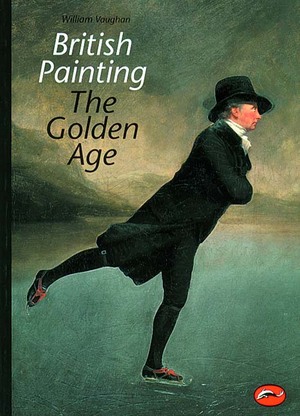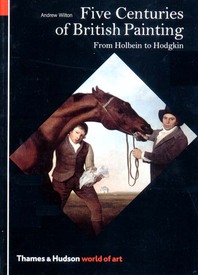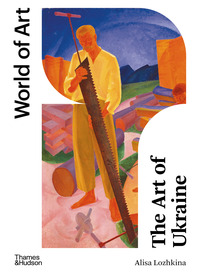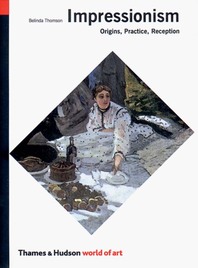Hogarth himself brought modern life into painting and treated it with high moral seriousness disguised as satire. Ramsay, Reynolds, Gainsborough, and Lawrence revolutionized portraiture, introducing a new authority and sensibility. The unconventional genius of Blake gave form to a unique mystic vision, while Constable explored nature in a new manner, encouraging developments that were to lead to Impressionism. Finally, Turner took painting into a realm of sublime grandeur, expressing the age of Romanticism as vividly as Byron, Shelley, and Keats were doing in poetry. William Vaughan analyzes the class structure and political background that made British art so distinctive. Using up-to-date research and critical theory, he shows us the colorful world of the eighteenth and nineteenth centuries, when British art was richer and more influential than at any time before or since.
Contributors
William Vaughan
Author
William Vaughan is Professor of the History of Art at Birkbeck College, London. After studying at the Ruskin School of Art in Oxford and the Courtauld Institute, London, he became an Assistant Keeper at the Tate Gallery, London. In 1972 he was appointed as lecturer at University College, London, until he took up the professorship at Birkbeck. He is the author of numerous articles and books on eighteenth- and nineteenth-century painting, including Romanticism and Art (2nd edition, 1994). In 1998 he was chosen to deliver the Paul Mellon Lectures at the National Gallery, London, on the subject of British Painting. Professor Vaughan is married with two children.







